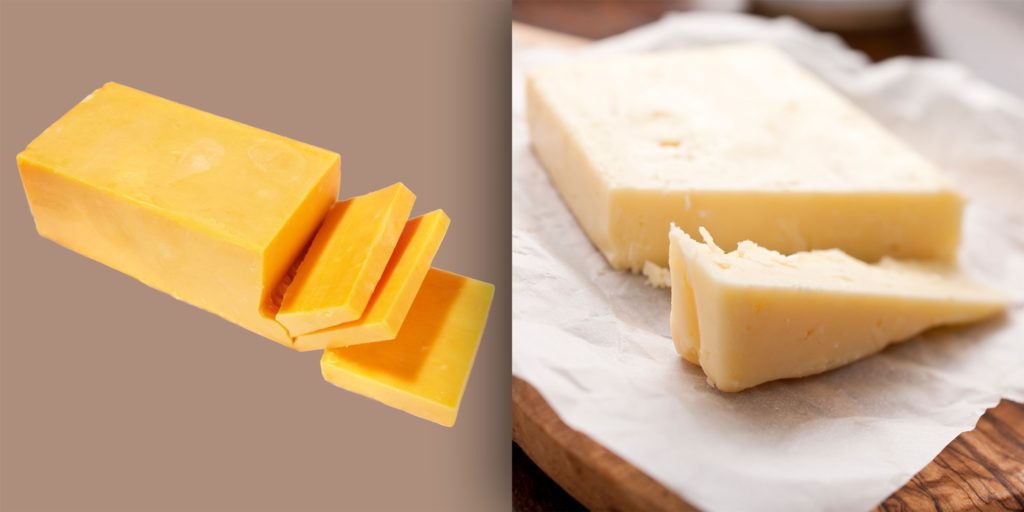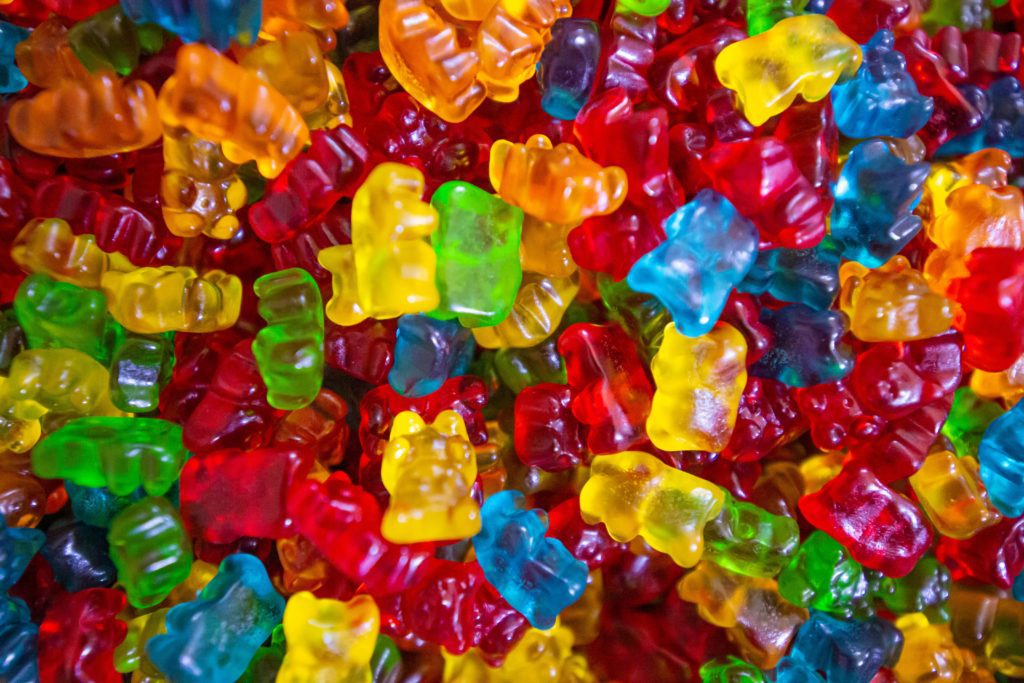Effects of Food Dye on the Environment
Effects of Food Dye on the Environment. Food dyes are used in many foods that we consume such as fruit, meat, fish, cheese, and more. Colorants are used to preserve the freshness of food and make it more visually appealing to us. When we go to the grocery store to buy food, the first thing we see is the food’s color. Based on the color of the food we buy, we have expectations of that food’s freshness, taste, and flavor. Food such as fruits are dyed brighter to seem more attractive to us and our palate. Over time, brighter colored foods were deemed more “natural” than duller colored foods. Unfortunately, this is not the case at all. For example, we’re used to oranges being the color orange. However, in many equestrian communities, oranges grow naturally green (1). We’ve grown to associate colors with the many expectations we have of our food.

Companies strategically use dyes in the foods they produce to market their foods at a higher price and to establish brand identity. When foods have a consistent look to them, they gain an identity that consumers associate with the brand selling the food. For example, we’re used to Kraft sliced cheese looking orange. Cheese is not naturally orange, it is dyed that way so we can associate the orange color with Kraft sliced cheese. Even though Kraft cheeses are not real cheese. Over time, these associations become normal and we don’t question why food looks a certain way. We may even think that the food naturally looks that way when it is produced.

The issue is that food dyes have negative effects on our environment and health. During production, approximately 10-15% of food dyes are discharged as effluents into the environment (3). Effluent is liquid waste that is sent to a river or the sea. An example of this can be seen in food dye factories in China. The river water becomes contaminated with the food colorants discharged from these factories. When farmers try to use the river water to farm, the soil becomes toxic with the chemical waste (9). Many plants and fish that live in the area surrounding the factory also die because they can’t survive the chemical contaminants that stain the water. According to IntechOpen, “From an environmental perspective, the discharge of dye effluents from dye manufacturing or consuming units into the water bodies poses potential threats to the quality of water and induces serious health problems to human, plants and animal life in particular and aquatic biota in general.” (4)
Not only do aquatic ecosystems suffer due to food dye effluents, but we do as well. Food dye effluents contaminate the freshwater we drink. Beyond that, common food dyes such as Red 40 and Yellow 5 are contaminated with carcinogens (5). The carcinogens in these dyes degrade the cells in our bodies and may put us at a higher risk for health issues such as cancer (6). Food dyes have also been shown to increase hyperactivity in kids and cause allergic reactions (7 & 8).

Thankfully, more people are becoming aware of the issues caused by food colorants. However, many are still in the dark about the negative impacts that food dyes have on our environment and health. We can spread awareness by discussing this issue with our friends and family. You can also share this blog post with them to help boost awareness. Overall, we should be more conscientious about the kind of food we buy to reduce the amount of foods we eat containing colorants. Together we can promote better health and environmental practices.
Sources:
- https://www.victoriaadvocate.com/news/features/home_and_garden/oranges-arent-always-orange/article_1e0a66af-8ad3-5113-82a4-2eb152d39bf1.html#:~:text=Ripe%20oranges%20are%20orange%2C%20aren,the%20orange%20color%20comes%20through.
- https://flavourjournal.biomedcentral.com/articles/10.1186/s13411-015-003
- 1-3
- https://www.intechopen.com/books/water-chemistry/contamination-of-water-resources-by-food-dyes-and-its-removal-technologies
- https://www.theatlantic.com/health/archive/2010/07/colorful-carcinogens-why-we-should-ban-food-dyes/59944/
- https://www.cancer.org/cancer/cancer-causes/general-info/determining-if-something-is-a-carcinogen.html#:~:text=Carcinogens%20do%20not%20cause%20cancer,levels%20of%20cancer%2Dcausing%20potential.
- https://www.mayoclinic.org/diseases-conditions/adhd/expert-answers/adhd/faq-20058203
- https://www.nyallergy.com/food-coloring-allergy/
- https://csdt.org/culture/sustainabledyes/environmentimpact.html
- https://www.today.com/food/there-difference-between-white-yellow-cheddar-cheese-t165046
- https://abcnews.go.com/International/river-china-mysteriously-turns-bloody-red-overnight/story?id=24715670








